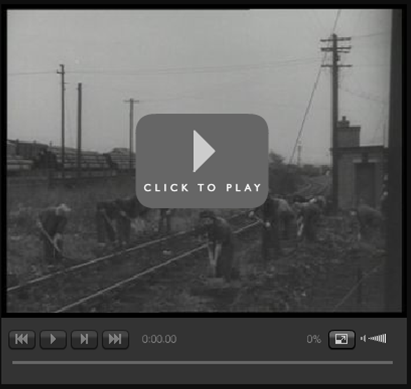The Harlesden Incinerator site would be what the promoters call an 'energy recovery centre', to process circa 148,000 tonnes per annum (tpa) of waste, and would be anchored by two 'complementary technologies', comprising of:
- a 8 MWe Pyrolysis Advanced Conversion Technology (ACT) plant, which would 'recover' approximately 94,000 tonnes per year of Municipal Solid Waste (MSW) and Commercial and Industrial (C&I) waste; and
- a 2 MWe Anaerobic Digestion (AD) facility, which would 'recover' approximately 54,000 tonnes per year of green (pure biomass) waste. [food?]
Here is a description of Ecoparc 2 de Montcada i Reixac, a Spanish 'Mechanical and Biological Treatment' plant which uses anaerobic digestion:
 |
| Click above to enlarge image, and sometimes again to magnify or link to a description of the plant in Spain. |
"Feedstock: Mixed Municipal Solid Waste (presumably after collection of recyclables) and source-separated biowaste from Barcelona.
"Throughput: The facility full capacity is of 265,000 tonnes/year, or approximately 1000 tonnes/day. [The NLWA says Pinkham Wood would be for 300,000 tonnes/year.]
"The biogas produced can be used on site to generate electricity and heat using a generator (reciprocating engine, microturbine, conventional turbine, etc.). The biogas can also be purified extensively (dehydrating, H2S removal) to pipeline quality and pressurized, for example to be used as compressed natural gas (CNG), a safe and clean vehicular fuel.
"For every 100 tonnes entering the Ecoparc,
- 45 tonnes are rejected in pre-processing [seemingly for 'packaged landfill']
- 5 tonnes are recycled;
- 8 tonnes are rejected in post-processing; and
- 42 tonnes are converted to biogas and compost."
 |
| Click to enlarge image above (or click here to see a map - co-incidentally, this plant is also on the border of three local authority areas!) |
 |
| How's your Spanish? ('ecoparc' is Catalan; 'ecoparque' is Castillian!) |
An alternative to
anaerobic digestion
is 'composting'...
"This composting plant near Poole in Dorset takes in 30,000 tonnes/year of 'black-bag' waste. The organic component is separated and then composted." (Pinkham Wood is supposed to take ten times that quantity. The North London Waste Authority suggests "either composting or anaerobic digestion" would be used at Pinkham Wood.)
"The Poole plant also takes 20,000 tonnes/year of food waste. In total, about 25,000 tonnes/year of compost in produced." (The NLWA says that food waste "would not travel to Pinkham Wood".)
 |
| Link to Channel 5 video (item starts just after 6 minutes in) |
"Robert dons protective clothing and breathing gear to visit a recycling centre in Canford, near Bournemouth. This state-of-the-art facility transforms 30,000 tonnes of rubbish into rich compost every year. Compost normally takes a long time to prepare, but this facility speeds up the process.
After just eight days, the compost is ready to be turned over – using a gigantic tractor with spinning blades. A few weeks later, the compost is ready to serve as ordinary garden mulch."
After just eight days, the compost is ready to be turned over – using a gigantic tractor with spinning blades. A few weeks later, the compost is ready to serve as ordinary garden mulch."
Link to HOME (see all posts).

















No comments:
Post a Comment